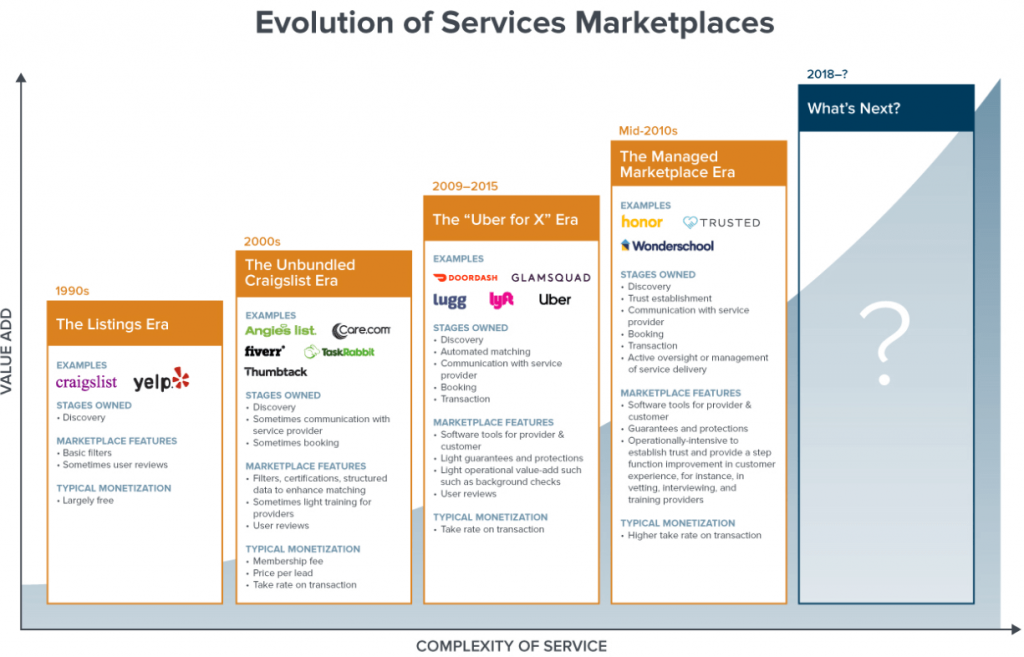The online marketplace is an e-commerce platform where possibilities are listed in the name of products. This electronic marketplace squeezes sellers into a one-stop shop.
Under only one electronic roof, consumers can walk through an endless boulevard laced with products. This cord of convenience that facilitates shopping from different sources is what keeps consumers’ interests tied to the platform.
Convenience is what keeps consumers always on the edge of excitement. It is that matchstick that has made the number of marketplaces explode. While the platform can transform a small business into a national one, the power of processing the transactions remains in the hands of the website owner.
Let’s take a look at the world’s top 10 marketplaces and the number of guests they welcome.

The number of visits per month is jaw-dropping, and so is the profit. In 2020, the world’s top 100 marketplaces tapped $2.67 trillion. If that doesn’t blow your mind, here are more statistics that speak for the success of the online marketplace industry.
Buckle up!
- With 300 million+ accounts and around 2 million sellers, Amazon spells A+. (eDesk)
- Amazon has counted over 150 million prime subscribers. (Business Insider)
- 169,782 new sellers took seats on Amazon in 2020. (Marketplace Pulse)
- After picking a product on competitors’ websites, 90% of the shoppers head to Amazon for price comparison. (BigCommerce)
The Magic Behind Marketplaces
The marketplace is buried into the online world with inventories. The twist is marketplaces don’t own any of them. Sellers do. The platform’s job is to present one consumer with numerous suppliers’ products. Not to mention the real-time information about the product presented to the consumers, consumers eat, sleep, and breathe convenience.
Customization runs in the veins of marketplaces.
The secret sauce is change. Marketplace channels constantly come up with ways to wake up sellers’ belief that starts snoring after a while. Platforms go to great lengths to inject ease into users’ purchasing and selling process. While sellers enjoy a swifter selling experience, consumers count for competitive pricing and speed-of-light shopping. Are marketplaces becoming the new Macy’s? Well, they are surely a dream come true for retailers and consumers.
Types Of Marketplaces
Vertical, horizontal, and global are the three types of marketplaces, putting the products in motion.
#1 Vertical
Variety = 1 , Sources ≤ ∞
Marketplaces that are laced with products of the same type from different sources are called vertical. Narrowed focus formulates one particular niche. For example, ShoeCarnival.com is dedicated to selling shoes but from different sources. TrueFacet.com steals the show by selling only one item – a high-ticket one –jewelry.
The narrowed the focus, the better is product personalization. The better the personalization, the better is the product quality. The better the quality, the higher are the chances of standing out among competitors. Another example is Etsy. Etsy narrowed its focus on selling handmade items. Who does not know Etsy today?
#2 Horizontal
Variety ≤ ∞, Sources ≤ ∞ (with the only condition that all products should share the same characteristic)
Products with different types from different sources sit on horizontal marketplaces, but they all share a characteristic. Greenobazaar.com is the best example of a horizontal marketplace. Everything in its bracket (food products, cosmetics, etc.) is organic (the “shared” characteristic).
Panjo is another product of the horizontal marketplace. This community-based platform connects the world’s most ardent auto, sport, and hobby enthusiasts who want to buy and sell automobile and sporting products.
#3 Global
Variety ≤ ∞, Sources ≤ ∞
Global marketplaces sell “everything to everyone.” Buying from these marketplaces makes you feel like you are walking inside a mall. Think of anything, and it will pop up on screen in an instant. The ultimate example of a global marketplace is eBay.
Hybrid marketplaces are a juxtaposition of expanded inventory and endless options. Examples include Amazon and Walmart. Aren’t these names synonymous with “amaze” and “wonder?” By bringing a broader array of products on one platform, these hybrid marketplaces handle the convenience over to the retailers and consumers.
Is there anything else as motivating as Amazon? Amazon is more than just a hybrid marketplace. It acts as a fuel that drives the motivation of other marketplaces. Each marketplace wants to run the race while carrying the weight of variety on its shoulders. We have stepped into an era where the next marketplace explosion is only a blink away.
Also Read: How To Build A Buy And Sell App Like Olx And OfferUp in 2021?
Unfolding The Future Of Online Marketplaces
Take a look at the spectrum, representing the length (l) and breadth (b) of the marketplace’s scope. The online marketplace is expected to love length and ditch breadth over time.
The start of the spectrum favors breadth (b) – the horizontal marketplaces. The broadest of all the marketplaces is Amazon, and then comes Craigslist. The scene shouts savage as we move to the other end of the spectrum (Length (l) > Breadth (b)).

The time progress is directly proportional to the complexity and indirectly proportional to opportunities.
Time progress ∝ Complexity/ Opportunity
Read More: Headless Commerce: The Future of Online Selling Is Now
Horizontal marketplaces were born during the early days of the internet. Any platform that could aggregate everything would win. Now, with the opportunities in the online marketplace becoming less omnipresent, companies started flowing vertically instead of spreading horizontally. They have started going deeper into the verticals to stand out among the sea of stunning marketplaces. The ideal vertical marketplaces will dominate cyberspace.

The market explosion and business proliferation are real and so are the market shakeouts and business survival.
Marketplaces’ survival strategy includes finding the sweet spot of sellers and transaction concentration. That sweet spot is what we call an ideal position of higher profitability, and it is found by applying the Pareto principle. It states that 80% of the consequences are the result of 20% of causes. Simply put, 80% of the total transactions are targeted by 20% of the sellers.
Time tests online marketplaces. The ones who fail to prove their staying powers end up losing the market shares. The ones who fail to create value end up waving goodbye to the online godown.










